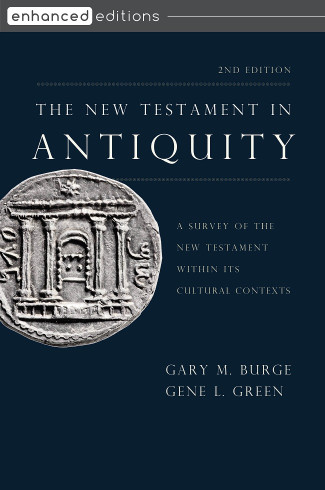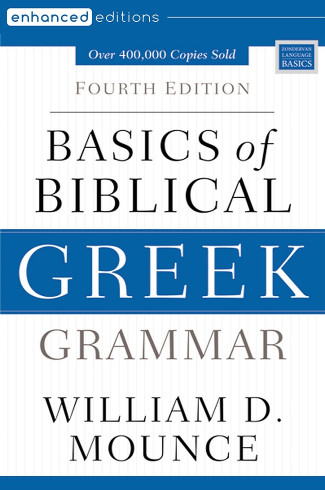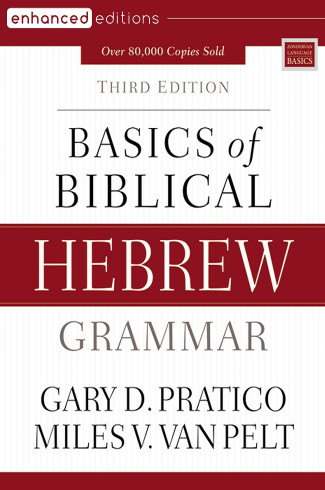An Introduction to Biblical Greek Grammar focuses on the linguistic and syntactic elements of Koine Greek to equip learners for accurate interpretation. Drawing upon twenty years of Greek teaching experience and the latest developments in linguistics and syntax, Harris introduces students to basic linguistic concepts and categories necessary for grasping Greek in ways that are clear and intuitive. This solid foundation enables students first to internalize key concepts, then to apply and build upon them as more complex ideas are introduced.
Several features are specifically designed to aid student's learning:
- The Greek alphabet.
- Key concepts are graphically coded to offer visual reinforcement of explanations and to facilitate learning forms and identifying their functions.
- Key concepts are followed by numerous examples from the Greek New Testament.
- Students learn how to mark Greek texts so that they can begin to "see" the syntax, identify the boundaries of syntactic units, and construct syntactic outlines as part of their preaching or teaching preparation.
- Four integrative chapters, roughly corresponding to the midterms and final exams of a two-semester sequence, summarize material to date and reinforce key concepts. Here students are also introduced to exegetical and interpretive concepts and practices that they will need for subsequent Greek studies and beyond.
- "Going Deeper" and "For the Curious" offer supplemental information for students interested in learning more or in moving to advanced language study.
The accompanying workbook and video lectures reinforce key concepts through additional contact with the material from each chapter of the grammar. All exercises in the workbook are taken from the Greek New Testament and the Septuagint and include extensive syntactical and exegetical notes to aid students.







